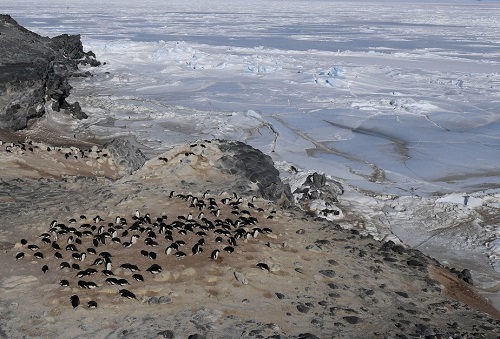
Story of the Week... SkS Highlights... Toon of the Week... El Niño/La Niña Update... Quotes of the Week... Graphic of the Week... SkS in the News... Photo of the Week... SkS Spotlights... Video of the Week... Coming Soon on SkS... Poster of the Week... Climate Feedback Reviews... Audio of the Week... SkS Week in Review... 97 Hours of Consensus...
Antarctic Sea Ice Sets Record Low, Providing Another Mystery for Scientists

Antarctica's Adelie penguins basked in a particularly warm summer in 2015 and now live amid shrinking sea ice. Credit: Getty Images
A new record warm temperature for Antarctica was confirmed by the World Meteorological Organization as sea ice surrounding the continent has shrunk to a record low.
The temperature reached its record high of 63.5 degrees Fahrenheit on March 24, 2015, according to an announcement by the WMO, which often takes years to verify new records.
The news came as sea ice around Antarctica is experiencing its lowest extent ever. As of March 1, only 820,000 square miles of the ocean around Antarctica was covered in ice, according to data from the National Snow and Ice Data Center in Boulder, Colo. The loss of ice represents an all-time minimum for Antarctic sea ice cover since satellite observations began in 1979.
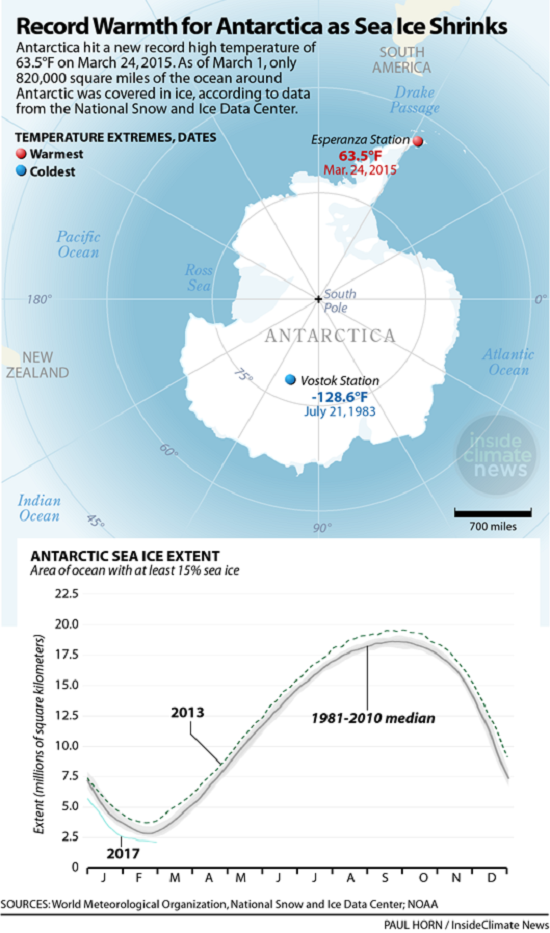
The current decline, however, may not be part of a larger climate change trend. The low point comes less than three years after Antarctic sea ice set a record high in October 2014. "If you look at the long-term trend, Antarctic sea ice is still increasing slightly, said Son Nghiem, a researcher with NASA's Jet Propulsion Laboratory.
That increase has provided fodder for climate denial arguments and was a mystery to scientists because it differed so greatly from the rapid melting occurring in the Arctic. But recent research has provided clues to the reasons. The continent's unique topography shields it from warming occurring elsewhere, Nghiem said.
A study Nghiem and colleagues published last year found that topography creates icy winds blowing off Antarctica and a powerful ocean current that circles the continent. The study, published in the journal Remote Sensing of Environment, concluded that these two factors play a larger role in the formation and persistence of Antarctic sea ice than changes in temperature.
"I think Antarctic sea ice will be stable for at least some time into the future," Nghiem said.
That puts it in direct contrast with the Arctic, which is losing its ice at a rapid clip as it experiences a record-warm stretch and record low levels of sea ice at the North Pole. Last month temperatures in the far north were 20 degrees above normal according to data from the Danish Meteorological Institute. The ice cap over the North Pole receded to a record low in January for the second year in a row according to the National Snow and Ice Data Center.
Antarctic Sea Ice Sets Record Low, Providing Another Mystery for Scientists by Phil Mckenna, InsideClimate News, Mar 3, 2017
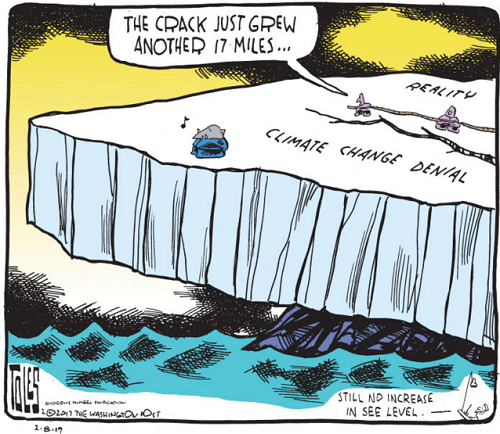
Australia could be heading into another El Niño year according to new analysis by the Bureau of Meteorology, which found the chance Australia would be affected by the phenomenon in 2017 had increased to 50%.
Six of the eight models used by Australian climatologists to predict El Niño and La Niña events indicate the El Niño threshold could be reached by July, while seven indicate a steady warming in the Pacific Ocean over the next six months.
El Niño is declared when temperatures in the tropical Pacific Ocean are 0.8C above average, and brings a dry winter and spring to southern Australia and a warmer than average spring and summer to the eastern states.
Australia placed on El Niño 'watch' as weather bureau puts chance at 50% for 2017 by Calla Wahlquist, Guardian, Mar 1, 2017
On Friday, the meteorology community was riding a major high as stunningly high-definition images came in from the nation’s newest and much-anticipated earth observation satellite. The high came crashing down that evening, though, as the first hints of significant cuts to the budget of the National Oceanic and Atmospheric Administration began to emerge.
NOAA oversees weather forecasting and is a major funder of weather and climate research. If these cuts — which an Office of Management and Budget document obtained by the Washington Post pegged at 17 percent agency-wide — materialize, they could significantly hamper improvements in weather forecasting and climate modeling and put the public at risk, experts warned.
“Any weakening of our technological, scientific, and human capabilities related to weather and climate places American lives and property at risk,” Marshall Shepherd, director of the atmospheric science program at the University of Georgia and a former president of the American Meteorological Society, said in a Forbes blog post.
The proposal “is opposite to the ‘leave it better than you found it’ philosophy. This is take the money while you can, and let someone else in the future put Humpty Dumpty (aka NOAA) together again,”David Titley, director of the Center for Solutions to Weather and Climate Risk at Penn State and a retired rear admiral in the Navy, said in an email.
NOAA Cuts Could Stymie Research, Put Lives at Risk by Andrea Thompson & Brain Kahn, Climate Central, March 4, 2017
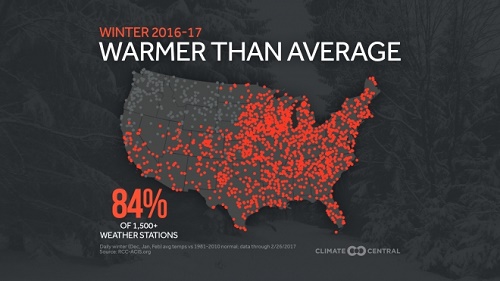
2016-17 Winter Weather Stations, Climate Central, Mar 1, 2017
Amber Sullivan, Chief Meterologoist for ABC 15 Arizona tweeted Great FREE app for your phone by @skepticscience! Check it out: #abc15wx #azwx #climate #climatematters.
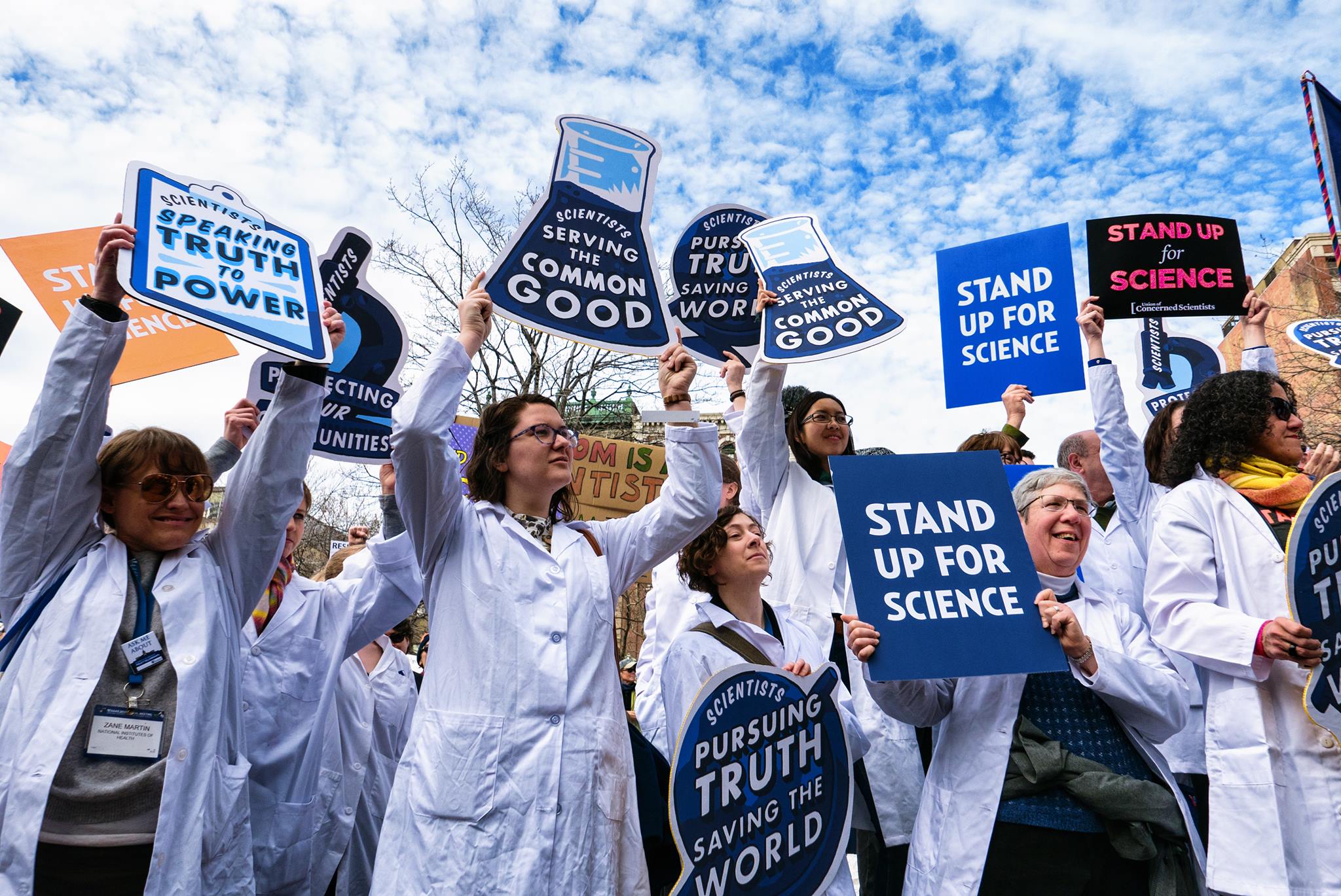
The Pacific Institute for Climate Solutions (PICS) is a dynamic knowledge network that brings together leading researchers from British Columbia (BC) and around the world to study the impacts of climate change and to develop positive approaches to mitigation and adaptation.
Created in 2008 with a major endowment from the BC Ministry of the Environment, PICS is hosted and led by the University of Victoria in collaboration with BC’s three other research-intensive universities: Simon Fraser University, the University of British Columbia and the University of Northern British Columbia.
Mission
To partner with governments, the private sector, other researchers and civil society, in order to undertake research on, monitor, and assess the potential impacts of climate change and to assess, develop and promote viable mitigation and adaptation options to better inform climate change policies and actions.
Objectives
The Institute's main objectives are:
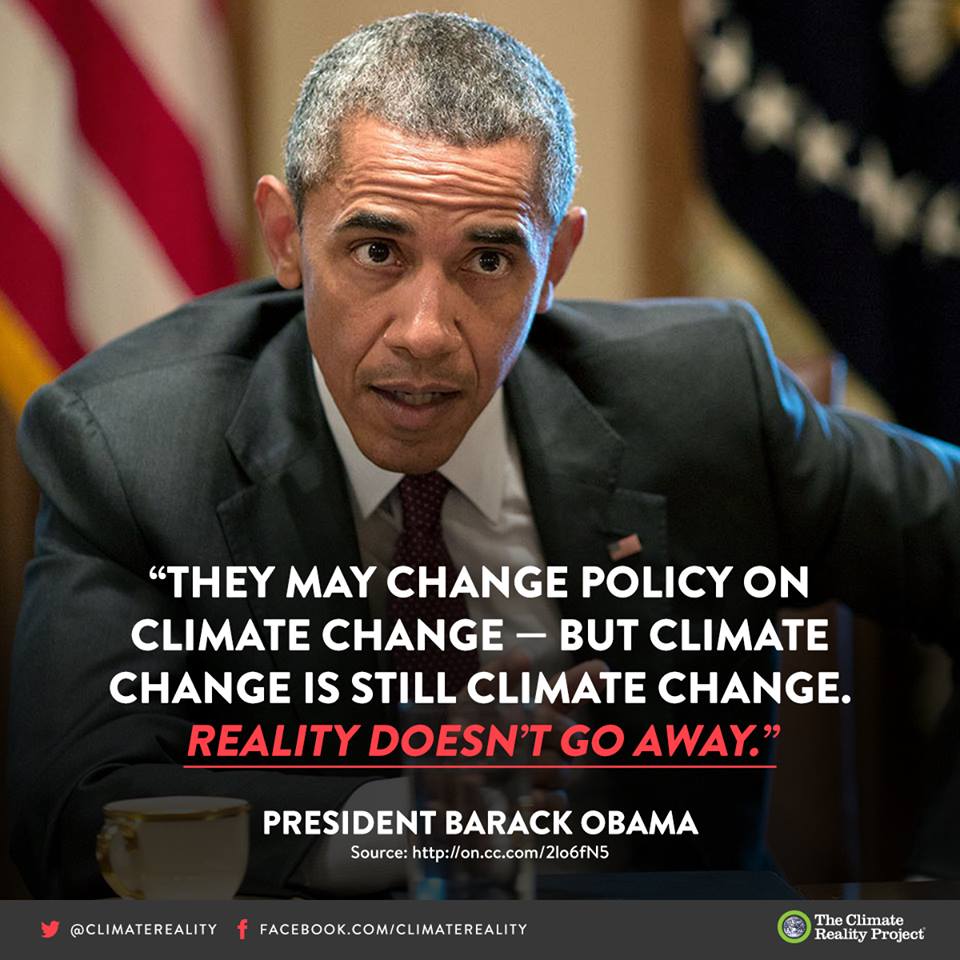
Climate Feedback asked its network of scientists to review the article, Scientists: Here’s What Really Causes Climate Change (And It Has Nothing To Do With Human Beings) by James Barrett, the Daily Wire, Feb 24, 2017.
Four scientists analyzed the article and estimated its overall scientific credibility to be 'low' to 'very low'.
A majority of reviewers tagged the article as: Flawed reasoning, Inappropriate backing, Misleading.
Click here to access the entire review.
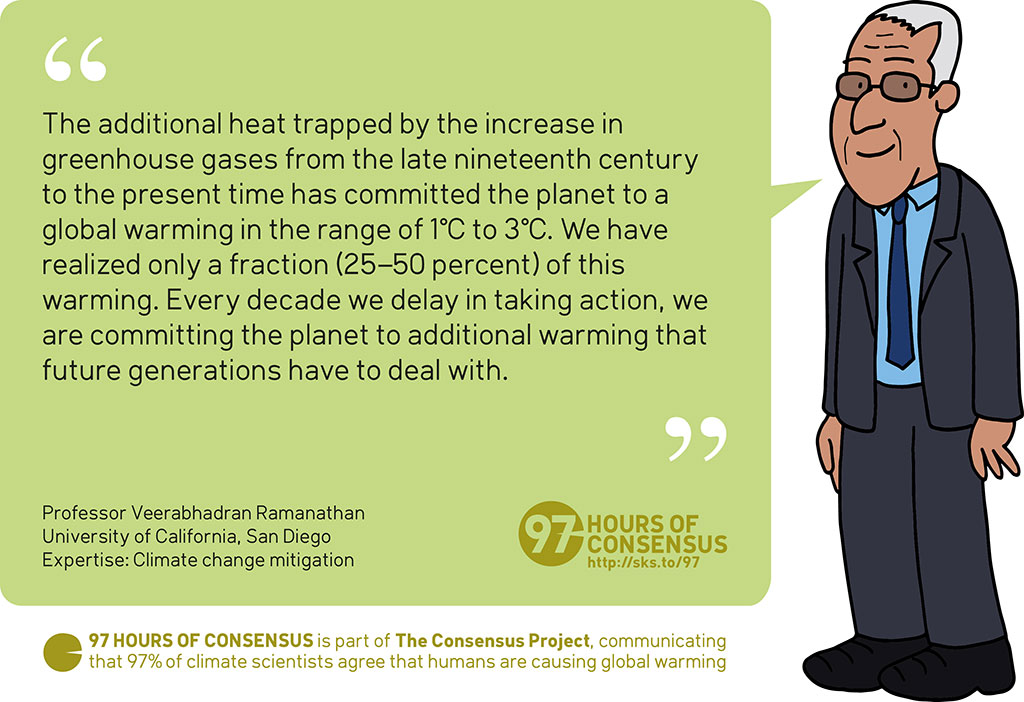
Veerabhadran Ramanathan's bio page and Quote source
High resolution JPEG (1024 pixels wide)
Posted by John Hartz on Sunday, 5 March, 2017
 |
The Skeptical Science website by Skeptical Science is licensed under a Creative Commons Attribution 3.0 Unported License. |